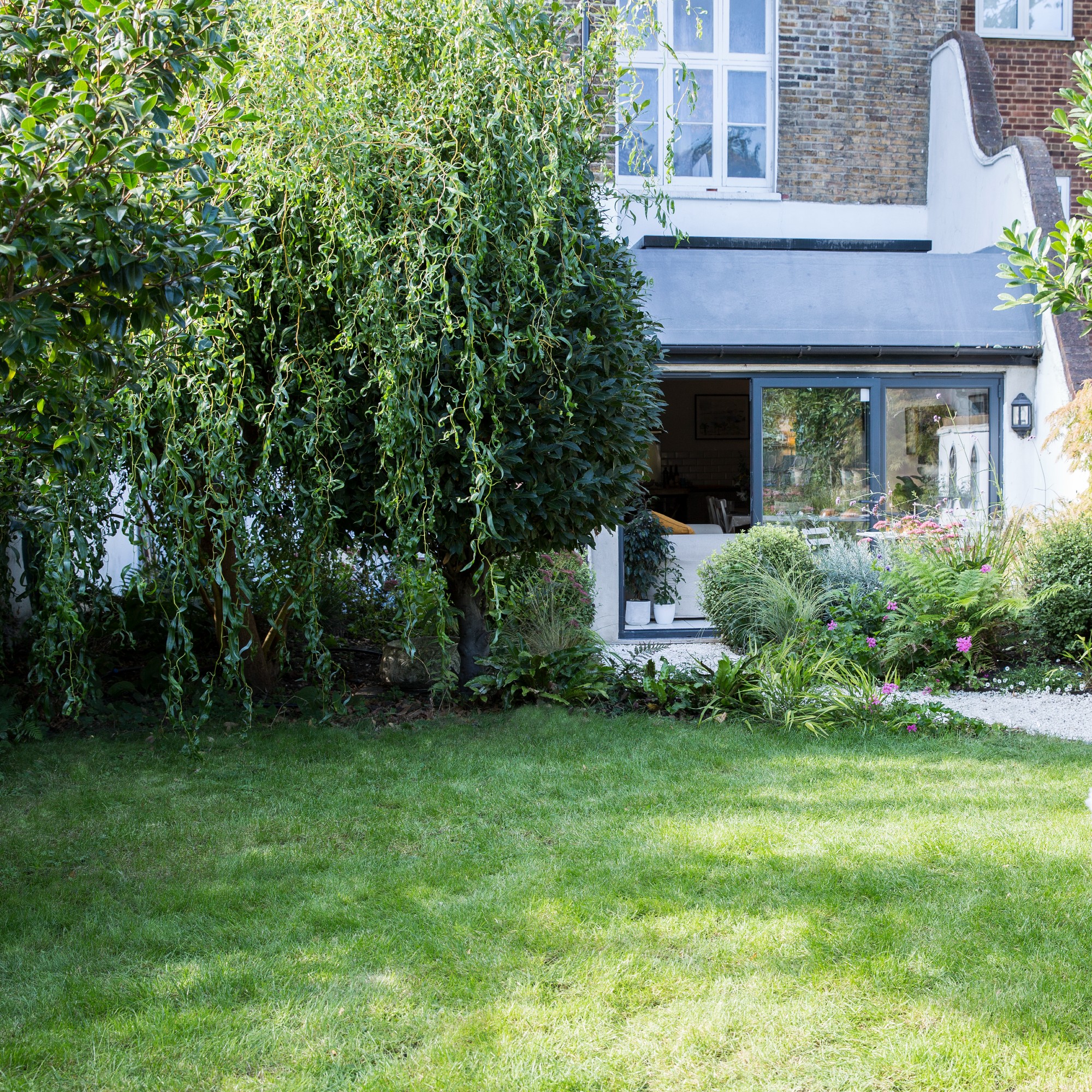Can I scarify a lawn in March? Experts issue warning to those attempting to scarify this month
It’s not a simple ‘yes’ or ‘no’ answer


With spring on the horizon, you’re probably itching to pop on your gardening gloves and start ticking your garden jobs off your to-do list. Scarifying your lawn should definitely be on that list, but can you scarify a lawn in March?
Knowing when to scarify a lawn is some of the best lawn care knowledge you could have in your locker. This process will remove dead thatch from underneath your grass blades, allowing for better growth and healthier grass that can easily absorb water and nutrients. But if you scarify your lawn at the wrong time, it could have the opposite effect.
That’s why we’ve consulted with garden experts to understand whether you can scarify a lawn in March or not. And you might want to heed their warnings.
Can I scarify a lawn in March?
Learning how to scarify a lawn can lead to a lusher, greener, and fuller grass, and the process is fairly easy. However, timing this garden task isn’t quite as simple.
Steve Chilton, garden expert at LeisureBench explains, ‘I don't recommend scarifying a lawn in early March, however, late March and the rest of spring would be more beneficial.’
‘This is because in early March, there is still always the risk of a late frost, and sometimes we have some sunny, warm spells that deceive us into thinking the cold weather is over before the ice returns and frost persists.’
And while scarifying your lawn can help to revive your lawn after winter, there’s no doubt that the temperature can be temperamental this time of year. In fact, in the past week, my own garden has seen sunny spells, torrential downpours, high winds that saw my pots fall to the ground, and even frost on the grass.
Because of this, you should choose when to scarify a lawn based on the outside temperature and the temperature of the soil.

Steve says, ‘I also recommend that the temperature of the soil is above 12°C before you scarify it. This is because scarifying when it's colder than this can actually damage the grass and slow down the recovery process. We might not see continual 12°C+ temperatures until the end of March onwards, so just keep that in mind when thinking about scarifying your lawn.’
‘You should also make sure your lawn is fully dry before you scarify it, as wet grass tends to clog together and makes it more difficult to complete.’
However, choosing the right time to scarify your lawn also depends on the state of your lawn. Adam Payne, Gardening Expert and Owner of nicenstripy Swindon says, ‘Every lawn is different and should be treated as such.’
This can ultimately affect your decision on when to scarify your lawn. He states that it may be possible to scarify your lawn in March, and this can improve the long-term health and appearance of your lawn. In the short term, though, your grass will suffer.

‘Whilst the purest would say scarify in spring (March/April), I would analyse the lawn to decide if scarifying in March would be the best possible treatment, as it may cause more issues in the future, such as weeds floating into the bare soil and flourishing during the summer period. Sometimes, there is no bare soil, and weeds cannot make an unwanted appearance, but that is unusual.’
‘If the lawn is poor, it may require scarifying and overseeding, which will dramatically reduce the possibility of excessive weed spread, but will take a year or two to fully recover to look its best again.’
Because of this, it’s a good idea to take a good look at your garden and think about your own lawn requirements. And if you’re not sure, Adam suggests seeking expert help.
He says, ‘Unfortunately, there is no simple solution, and I would encourage anyone to seek advice from an expert. There may just be an alternative way of improving the quality and appearance of your lawn.’

Steve is a passionate and knowledgeable garden expert with several years of experience within the field and has developed strong expertise for all things nature and plants. Steve is a keen educator and loves to share this knowledge with others. He strives to simplify complex garden practices and encourage eco-friendly gardening.
FAQs
Is it OK to scarify lawn in March?
Most experts would agree that March is still too early to scarify your lawn. That’s because the weather is still too unpredictable, and the conditions may still be too cold or wet to protect your lawn after it has been scarified.
However, it may be OK to scarify a lawn in late March or early April, depending on the temperatures. If the soil is above 12°C and the forecast suggests that it will only get warmer from then, you can attempt it.
In most cases, though, the ideal time to scarify a lawn will be April or May.
Is February too early to scarify a lawn?
Yes, February is way too early to scarify a lawn. The cold temperatures mixed with the wet weather can prove to be detrimental to your grass after it has been scarified. This can ultimately affect the health and the appearance of your lawn, so it’s best to wait until April or May for this gardening task.
How can I improve my lawn in March?
If you want to improve your lawn in March, you can do so by sowing grass seed. Before you do this, it’s always a good idea to aerate your lawn, and then you can sow grass seed over your existing grass.
By doing this, you should be able to improve the overall health whilke also tackling any sparse patches of grass.
So, if you want to scarify a lawn in March, it’s best to wait until the end of the month - or until the soil temperature is warm enough.
Get the Ideal Home Newsletter
Sign up to our newsletter for style and decor inspiration, house makeovers, project advice and more.

Lauren Bradbury has been the Content Editor for the House Manual section since January 2025 but worked with the team as a freelancer for a year and a half before that. She graduated with a Bachelor’s degree in English and Creative Writing from the University of Chichester in 2016. Then, she dipped her toe into the world of content writing, primarily focusing on home content. After years of agency work, she decided to take the plunge and become a full-time freelancer for online publications, including Real Homes and Ideal Home, before taking on this permanent role. Now, she spends her days searching for the best decluttering and cleaning hacks and creating handy how-to guides for homeowners and renters alike, as well as testing vacuums as part of her role as the Ideal Home Certified Expert in Training on Vacuums, having spent over 110 hours testing different vacuum models to date!
-
 Will a conservatory add value to your home and how can you maximise it?
Will a conservatory add value to your home and how can you maximise it?This is what the pros say
By Amy Reeves
-
 I’ve been looking for a new signature scent for my home and The White Company's new fragrance is the exact summer holiday smell I needed
I’ve been looking for a new signature scent for my home and The White Company's new fragrance is the exact summer holiday smell I neededSantorini smells fresh, summery and sophisticated
By Kezia Reynolds
-
 How to remove algae from garden walls in five steps – and the cleaning product experts rave about for tackling it fast
How to remove algae from garden walls in five steps – and the cleaning product experts rave about for tackling it fastExperts share their top tips for getting garden walls algae-free
By Katie Sims